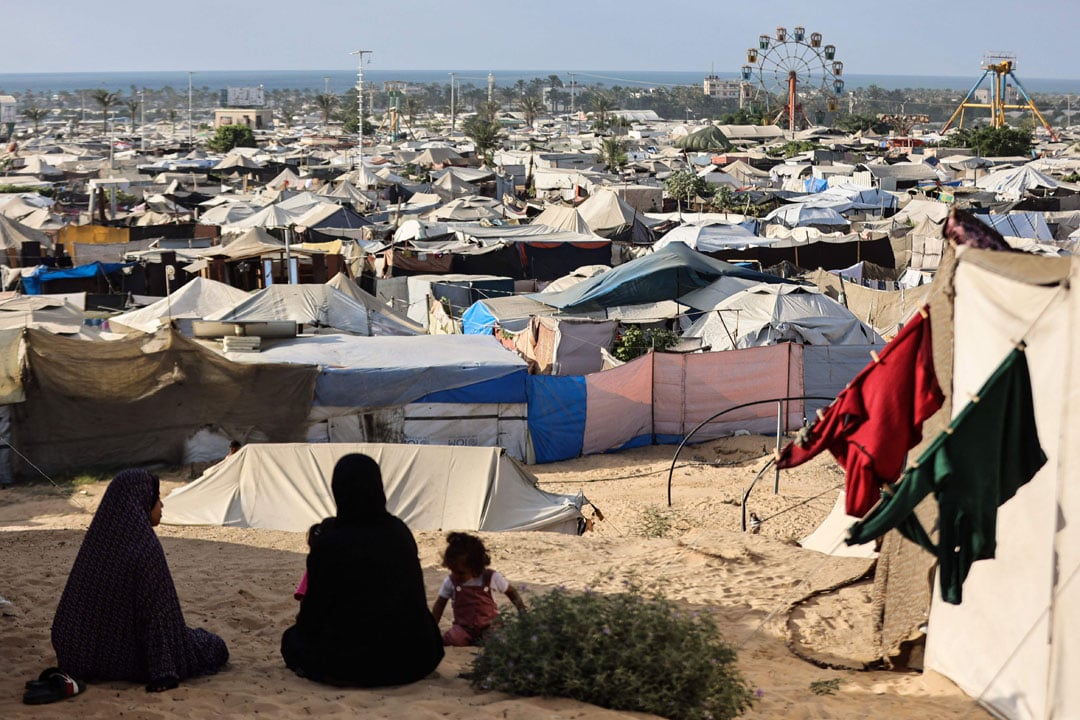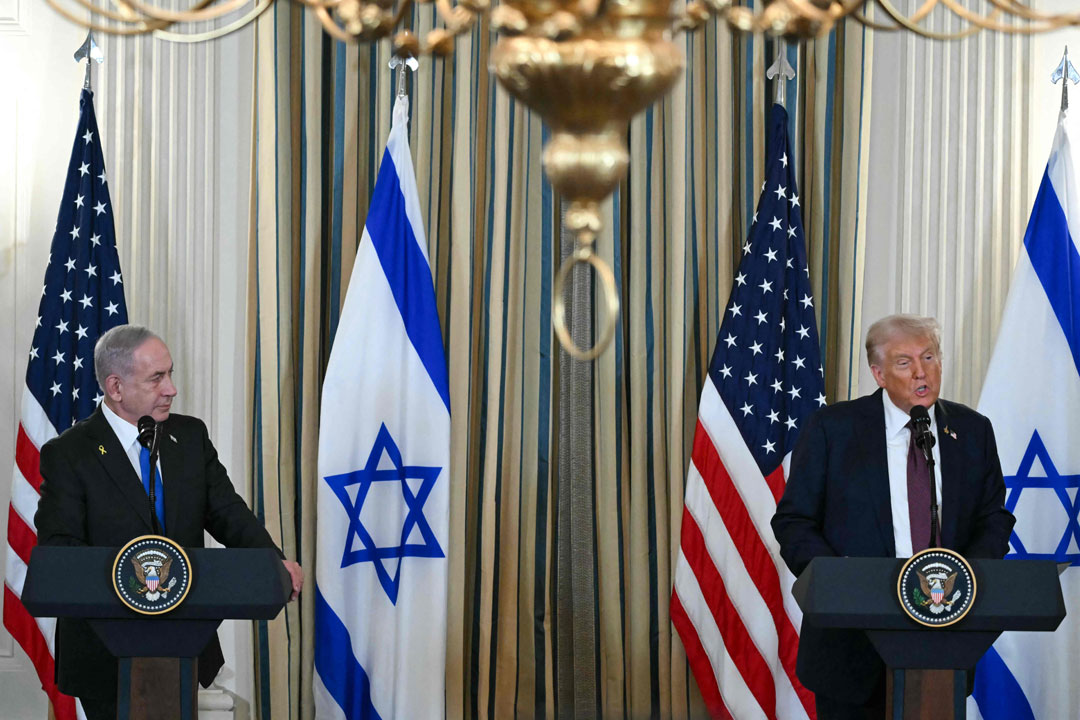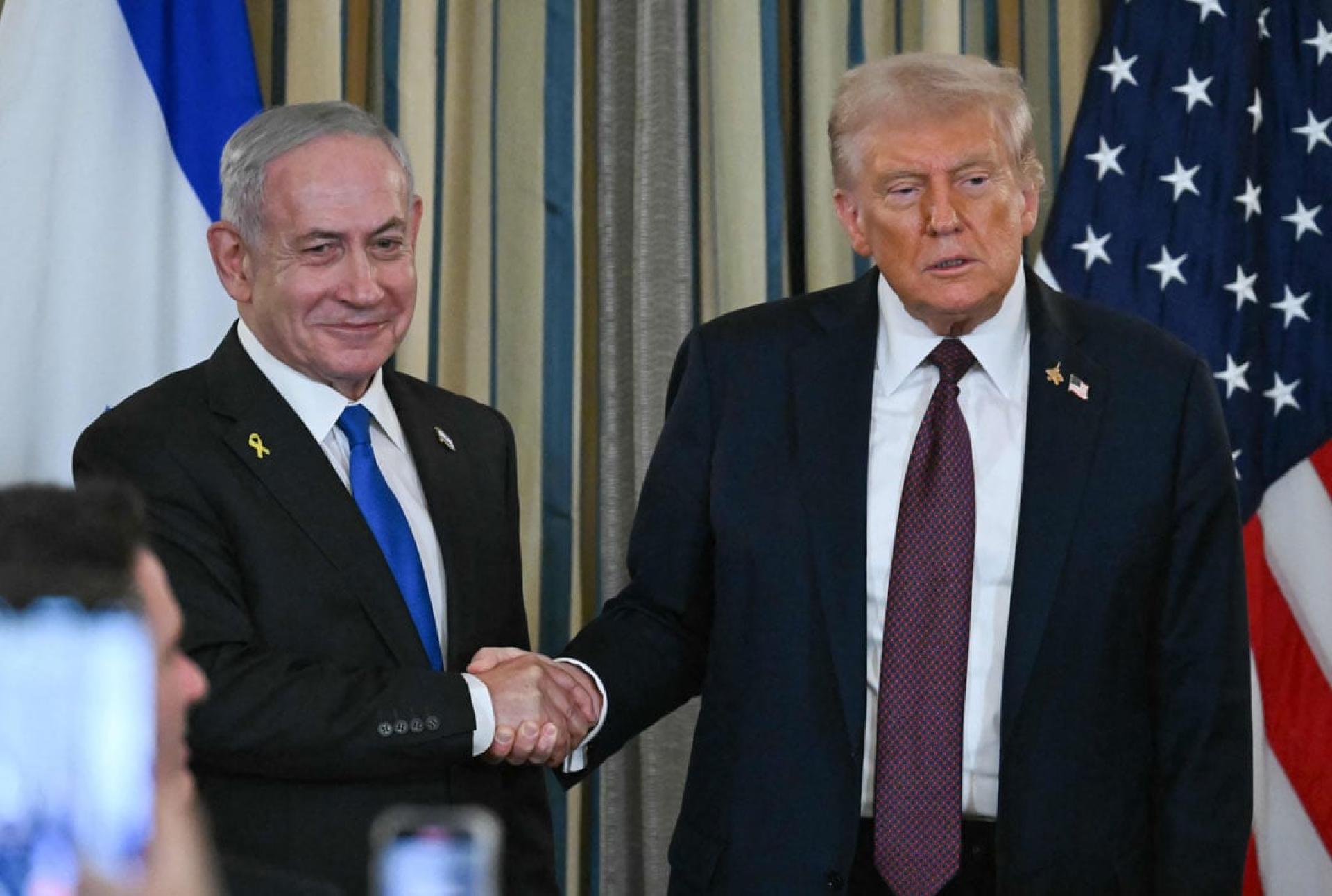On the 29th, U.S. President Trump stated after meeting with Israeli Prime Minister Netanyahu at the White House that Israel and other U.S. allies in the Middle East have agreed to the White House’s proposed "20-Point Plan" to end the Gaza conflict and demanded that Hamas "must accept" it.
This plan includes several ceasefire conditions that Hamas has previously publicly rejected, and key ceasefire demands made in the past—such as a complete Israeli withdrawal—have not been met.
At the joint press conference held after the meeting, Trump said that if Hamas rejects or the plan fails, the United States will "fully support" Israel in continuing military operations in Gaza.
Netanyahu stated that the plan aligns with Israel's military objectives: the release of all captives; the destruction of Hamas’s military capabilities and governance; and ensuring that Gaza no longer poses a threat to Israel.
He warned that if Hamas rejects it, Israel will "complete its established goals on its own."
He emphasized that Israel will withdraw in phases based on progress such as the release of hostages by Hamas and deployment of an "international stabilization force." Israel will retain "security responsibility" over Gaza and maintain a security buffer zone along Gaza "for the foreseeable future."
Netanyahu also noted that unless the Palestinian Authority undergoes "thorough reforms," it will have no place in the future governance of Gaza.
The core of the plan is to achieve the exchange of hostages for ceasefire, Israel’s gradual withdrawal, and international supervision, thereby demilitarizing and rebuilding Gaza.
The "20-Point Plan" released by the White House includes the requirement that Hamas release all captives within 72 hours of Israel’s public acceptance of the ceasefire agreement; Israel will release 250 Palestinian prisoners sentenced to life and 1,700 Gaza residents detained since the outbreak of the current Israeli-Palestinian conflict; full restoration of humanitarian aid to Gaza; the formation of a non-political interim transitional governing body composed of Palestinians and international experts, with Hamas and other factions excluded from postwar governance of Gaza; Gaza’s demilitarization, and the deployment of a temporary "international stabilization force," among other steps.
After the agreement comes into effect, Israel will suspend military operations and withdraw to designated defensive lines; Hamas members who commit to disarm and coexist peacefully may be granted amnesty or allowed to leave.
According to the "20-Point Plan," an international transitional body called the "Peace Committee" will supervise the postwar transition governance in Gaza, with Trump serving as chairman of the "Peace Committee." Former UK Prime Minister Blair, who previously acted as the Middle East Quartet (UN, EU, U.S., Russia) envoy on Middle East issues, will also play a role.
Before the Palestinian Authority completes its reforms, Gaza will be temporarily managed by a committee of technical experts under the supervision of the internationally-involved "Peace Committee."
The Plan Aligns with Israeli Government Principles

Netanyahu pointed out that the "20-Point Plan" is a "key step" to ending the Gaza conflict and achieving peace in the Middle East, meeting Israel’s "war goals" — namely, the return of all captives, dismantling Hamas’s military capability and ending its political rule in Gaza, and ensuring that Gaza no longer poses a threat to Israel.
Egypt and Qatar Forward U.S. Plan

On the 29th, sources in the Egyptian security sector said that an Egyptian delegation went to Qatar that day to present the U.S. President Trump’s Gaza ceasefire plan to Hamas leaders, and will forward Hamas’s response to the U.S. and Israel once it is received.
